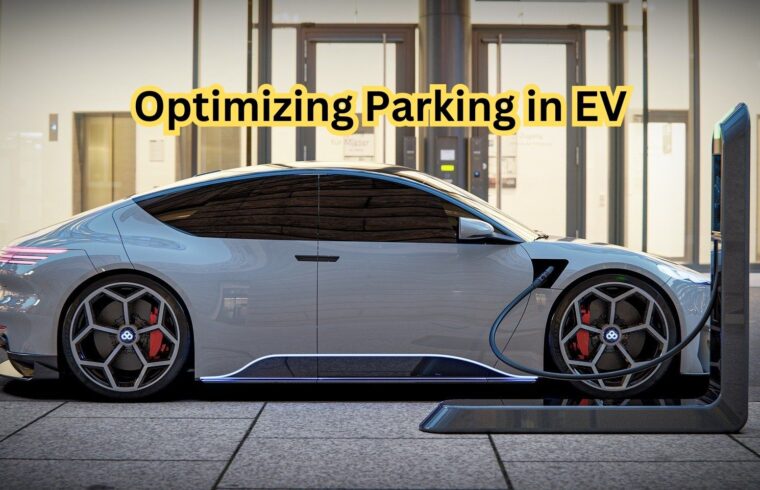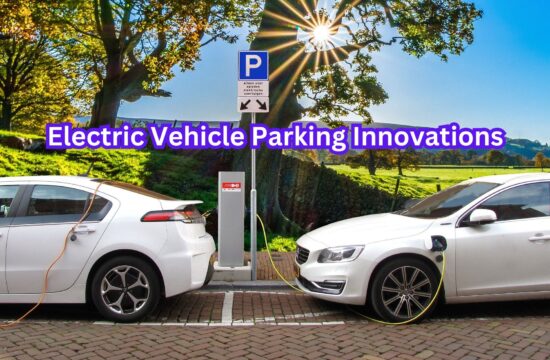Urban parking is changing as a result of the continued rise in popularity of electric vehicles (EVs). Garages and parking lots are becoming more than just places to leave cars; they are becoming centers for sustainability programs, energy management, and charging infrastructure. For those looking to stay ahead, optimizing parking in EV era is essential. Entrepreneurs, cities, and property managers must focus on integrating EV charging stations, leveraging smart energy management systems, and embracing green building certifications. By optimizing parking in EV era, stakeholders can transform traditional parking spaces into hubs of innovation and sustainability. Ultimately, optimizing parking in EV era not only supports the growth of EV adoption but also aligns with broader environmental and economic goals.
Embrace EV Charging Infrastructure
Parking optimization requires the integration of EV charging stations. To choose the appropriate number of charging ports, start by evaluating demand. Provide a range of choices, including DC fast chargers for rapid turnover and Level 2 chargers for everyday use. As EV use grows, make plans for the future by creating electrical systems that can accommodate changes.
Integrate Smart Parking Solutions
IoT-enabled parking directs EVs to available places with charging stations by using sensors to monitor space availability. Drivers can use applications like ABC to reserve charging-equipped spots in advance thanks to reservation mechanisms. By modifying rates in response to demand, dynamic pricing promotes short-term charging and increases space efficiency. When combined, these solutions improve parking operations, increase convenience, and help the expanding EV industry.
Sustainability in Design
Integrate solar panels to power EV chargers and lower operational costs. Implement energy storage systems to manage peak electricity demands effectively. Design parking facilities to meet green building certifications, such as LEED, appealing to environmentally conscious customers. These sustainable practices enhance energy efficiency, reduce carbon footprints, and make parking spaces more attractive in the EV era.
Conclusion
Installing chargers is only one aspect of parking optimization in the EV era. It necessitates a progressive strategy that blends sustainability, technology, and client happiness. Businesses and cities may increase user traffic, promote clean transportation, and maintain their lead in the rapidly changing mobility landscape by establishing EV-friendly parking spaces.











